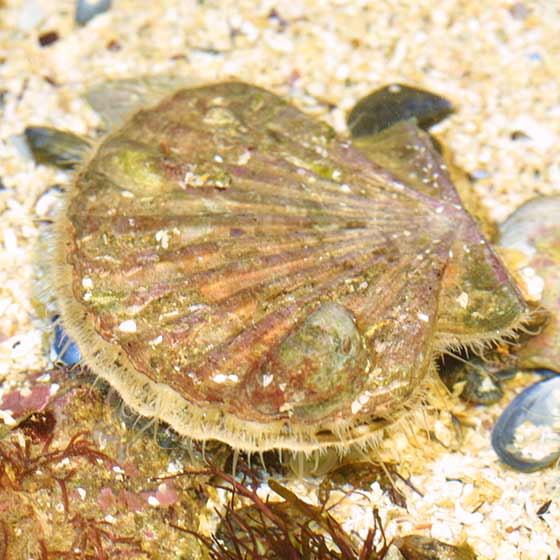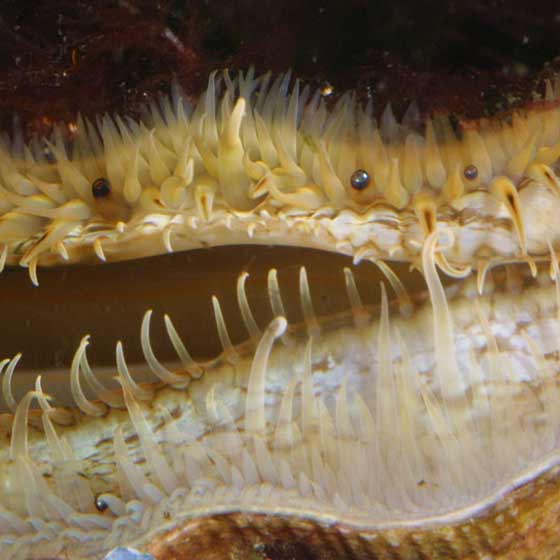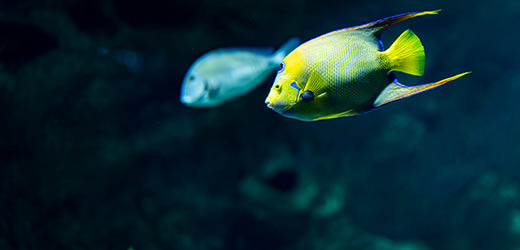Reproduction
This mollusc can be found on sandy/muddy beds between 10 and 80 m deep.
The great scallop is a hermaphrodite. It has a single genital gland, its coral, with a white (male) part and an orange (female) part. Mating takes place from May to September, with each scallop releasing several millions of ova.
Fertilization takes place in the open water. The larvae are carried away by currents. They metamorphose three or four weeks later and then attach to the substrate. Once they reach 2 to 3 cm, great Atlantic scallops stop leading a stationary life.




